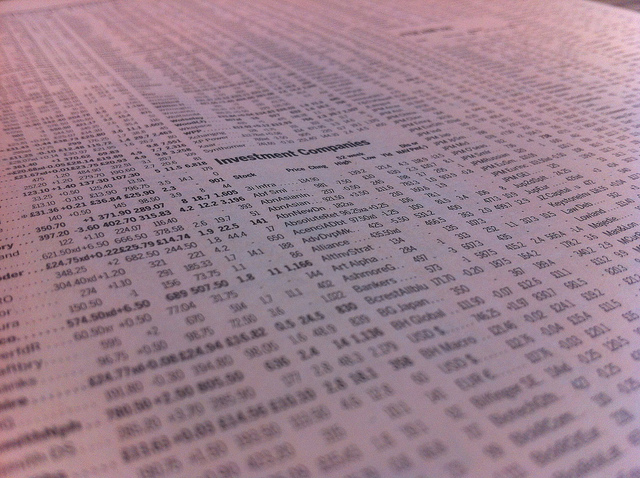All too often, investors can fall victim to recency bias and return chasing.
Pension funds, it turns out, are no exception.
Three researchers – Andrew Ang, Amit Goyal and Antti Ilmanen – analyzed 978 pension funds’ target allocations over a 22-year period to determine whether the funds were chasing returns, and the cost of such chasing.
The paper was published in the most recent issue of Rotman International Journal of Pension Management. An excerpt where the researchers summarize their findings:
Many pension funds rebalance their asset-class allocations regularly to specific target weights, such as the conventional 60% stocks and 40% bonds. But there is anecdotal evidence that funds may let their allocations drift with relative asset-class performance. This may reflect passive buy-and-hold policies, a desire to maintain asset-class allocations near market-cap weights, or more proactive return chasing. We focus on the last possibility.
[…]
Our key findings are easily summarized: pension funds, in the aggregate, do not recognize the shift from momentum to reversal tendencies in asset returns beyond the one-year horizon, and instead the typical pension fund keeps chasing returns over multi-year horizons, to the detriment of the institution’s long-run wealth.
We hope that this evidence will help at least some pension funds to reconsider their asset allocation practices.
Chief Investment Officer magazine further summarizes the paper’s findings:
Corporate and public pension funds alike tended to increase exposure to asset classes with strong returns in both the short and longer term, the paper noted. Even performance three years prior influenced allocation patterns. While the study split out pension funds by size and plan sponsors, they found no statistically significant variance in behavior.
The researchers then turned to a data set provided by AQR, covering global equity, bond, and commodity markets since 1900. Based on more than a century of market activity, the study found momentum patterns on a one-year time horizon. Beyond that, the only statistically significant result showed that two years following a given return, performance was likely to have moved in the opposite direction.
The entire paper, titled Asset Allocation and Bad Habits, can be read here [subscription required].
Photo by Andreas Poike via Flickr CC License
